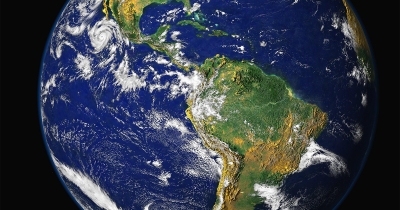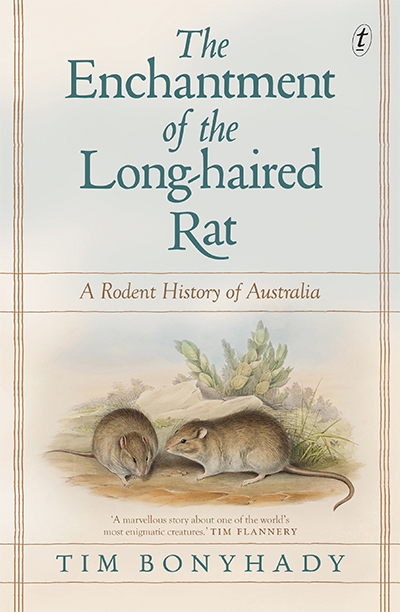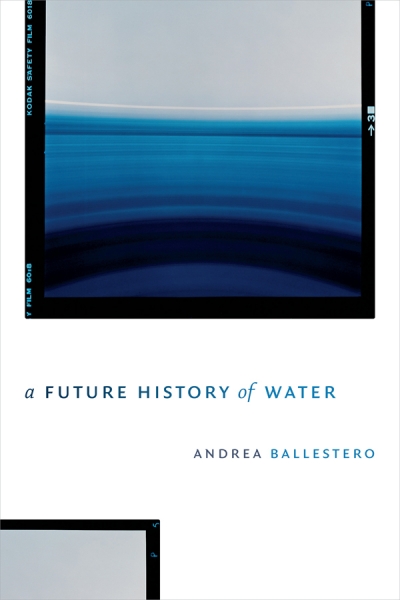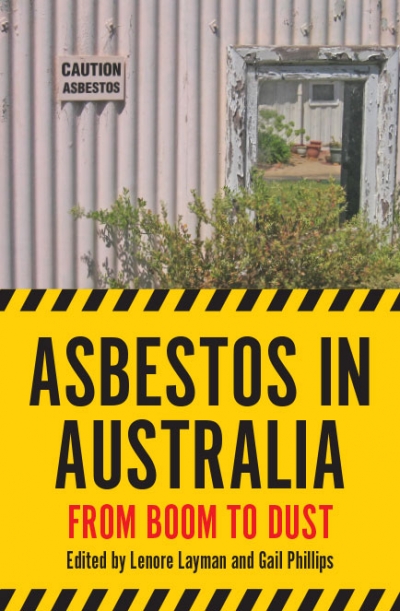Environment and Climate
Sign up to From the Archive and receive a new review to your inbox every Monday. Always free to read.
Recent:
What do we call this terrifying summer? The special bushfire edition of ABC’s Four Corners predictably called it Black Summer. Perhaps the name will stick, for it builds on a vernacular tradition. Firestorms are always given names, generally after the day of the week they struck. There are enough ‘Black’ days in modern Australian history to fill up a week several times over – Black Sundays, Mondays, Tuesdays, Thursdays, Fridays, Saturdays – and a Red Tuesday too, plus the grim irony of an Ash Wednesday. The blackness of the day evokes mourning and grief, the funereal silence of the forests after a firestorm. Black and still. And when the fires burn for months, a single Black Day morphs into a Black Summer.
... (read more)The Rising Tide: Among the islands and atolls of the Pacific Ocean by Tom Bamforth
‘We’ll be going this earth’: an environmental survey
To complement the reviews and commentaries in our Environment issue, we invited a number of writers and scholars to nominate a book that will give readers a better appreciation of the environment.
... (read more)The Australian outback has long been a muse for artists and storytellers. Australian flora – including the iconic eucalypt in its many forms – has the ability to tell a story about cultural identity and our rich history with the land. This extends to our urban landscape, with native plants common throughout our bustling city streets and parks – they can transf ...











